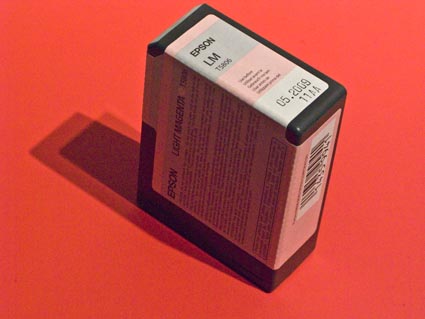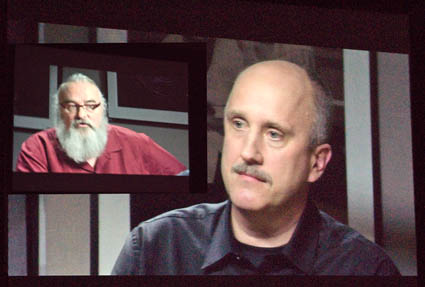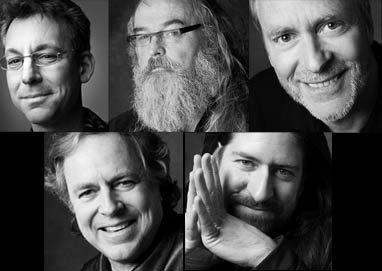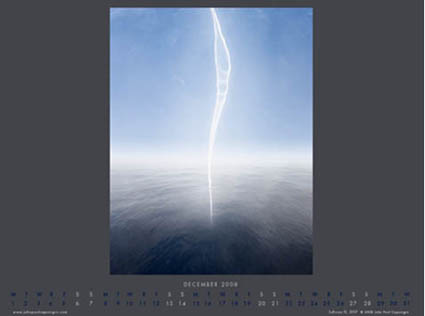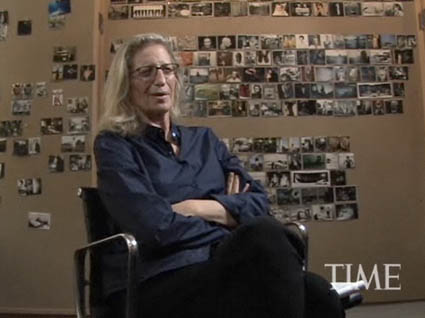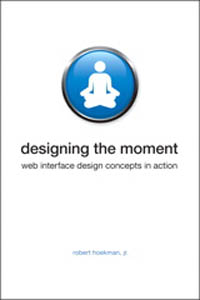
Robert Hoekman talks about Stupid User Syndrome: Why We Become Idiots Online (And What Web Designers Can Do About It) in his excellent book Designing the Moment: Web Interface Design Concepts in Action.
“Whether we like to admit it or not, we’ve all been victims of stupid user syndrome at some point or another. Designing the Moment author Robert Hoekman Jr. outlines the symptoms of this terrible malady as well as what Web designers can do to prevent it.
We learn the wrong things
First, we learn to do things the wrong way, often by learning from an uninformed friend or colleague, or by simply guessing.
Because we live in the Information Age and are constantly inundated with a huge amount of things to know, learning to do things the wrong way is often completely fine. The fact is, we don’t need to know the correct way if the incorrect way gets us to the same result and is “good enough”.
Most of our users will never become experts at using our—or any other—application. For most people, most of the time, a low- to high-level of intermediate knowledge is all that is ever needed to get by. So, we’ll learn just enough to do what we need to do, and we’ll stop.
And because this nice little shortcut works so well for us in life, we do the same thing online. Instead of learning the proper way to set up a filter for spam email (in email applications where this is not built in), for example, we may learn to simply get by with repeatedly clicking the Delete button.
But the problem doesn’t end there. Once we learn to do things the wrong way, we often settle in and never learn the correct methods. Why not?”
Check out the rest of Hoekman’s post on Peachpit here.
Get the book and check out other books I recommend here.
Sounds like learning any software interface that evolves – like Photoshop CS4 and Lightroom 2.
Check out my DVDs here.
Check out my workshops here.
